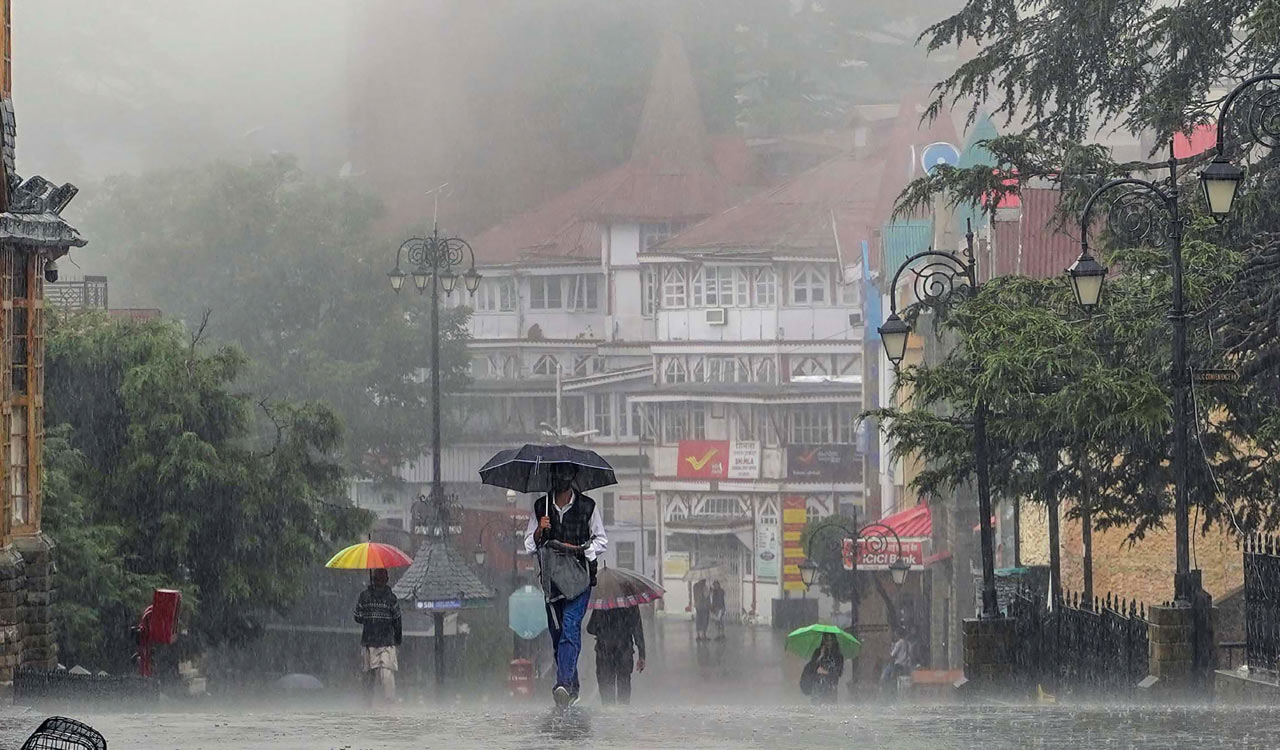
IMD said east and northeast India recorded 1,115 mm of rainfall against a normal of 1,367.3 mm, which translates to a deficit of 18 per cen
Published Date - 05:32 PM, Sat - 30 September 23
New Delhi: The four-month monsoon season has ended with India receiving “normal” rainfall — 820 mm against a long-period average of 868.6 mm — with positive factors countering the effect of El Nino conditions, the India Meteorological Department (IMD) said on Saturday.
Rainfall between 94 per cent and 106 per cent of the long-period average (LPA) is considered normal.
However, normal cumulative rainfall over the country during the monsoon season doesn’t mean even spatial and temporal spread of precipitation.
The Indian monsoon refers to inherent fluctuations and changes that occur over time due to various natural factors. This is called natural variability.
Research, however, shows climate change is making the monsoon more variable. Increased variability means more extreme weather and dry spells.
IMD Director General Mrutyunjay Mohapatra said with positive factors countering the effect of El Nino, the 2023 monsoon ended with 94.4 per cent cumulative rainfall, which is considered “normal”.
At a press conference on Saturday, he said 73 per cent of the sub-divisional area recorded normal precipitation, while 18 per cent saw deficient rain.
The IMD said east and northeast India recorded 1,115 mm of rainfall against a normal of 1,367.3 mm, which translates to a deficit of 18 per cent.
Northwest India gauged 593 mm of rainfall against a long-period average of 587.6 mm. Central India, where agriculture predominantly depends on monsoon rains, recorded 981.7 mm against a normal of 978 mm.
The south peninsula recorded a deficit of eight percent.
In a pre-monsoon briefing, the IMD had predicted a normal monsoon for India, albeit on the lower side of normal. It had, however, cautioned that El Nino — warming of waters in the Pacific Ocean near South America — might influence the latter half of the southwest monsoon.
El Nino conditions are associated with weaker monsoon winds and drier conditions in India.
This year, India experienced a rainfall deficit in June but saw excessive precipitation in July due to consecutive western disturbances over northwest India and a favourable phase of the Madden-Julian Oscillation (MJO), known for increasing convection in the Bay of Bengal and the Arabian Sea.
The MJO is a large-scale atmospheric disturbance originating in tropical Africa and travelling eastward, typically lasting 30 to 60 days.
August 2023 marked the driest month since 1901 and the hottest ever recorded in India, attributed to the strengthening of El Nino conditions. However, September brought an excess of rain due to multiple low-pressure systems and the positive phase of MJO.





Leave a Reply